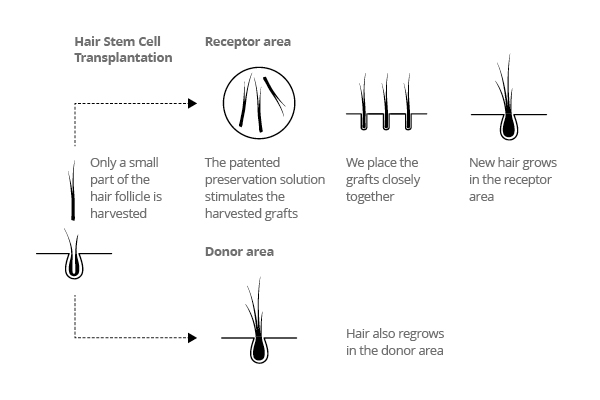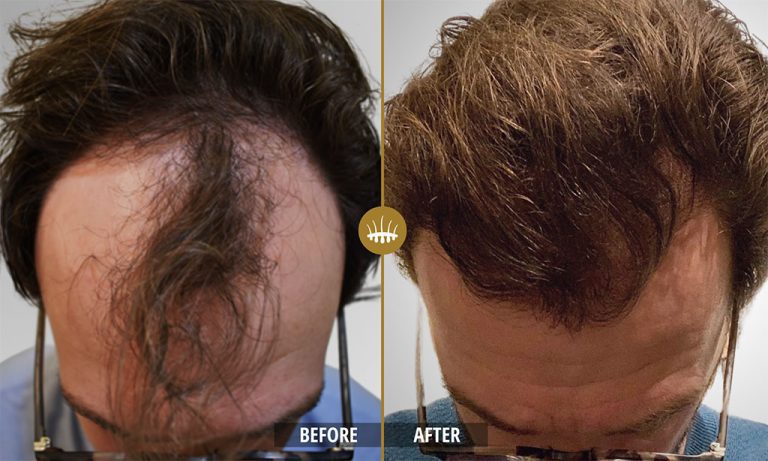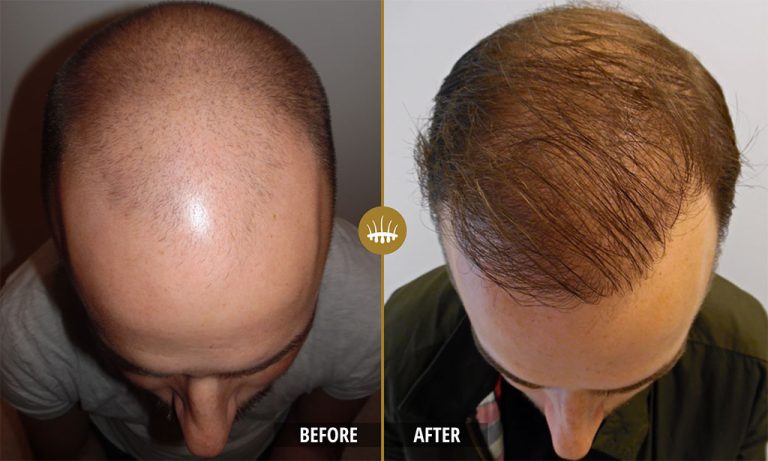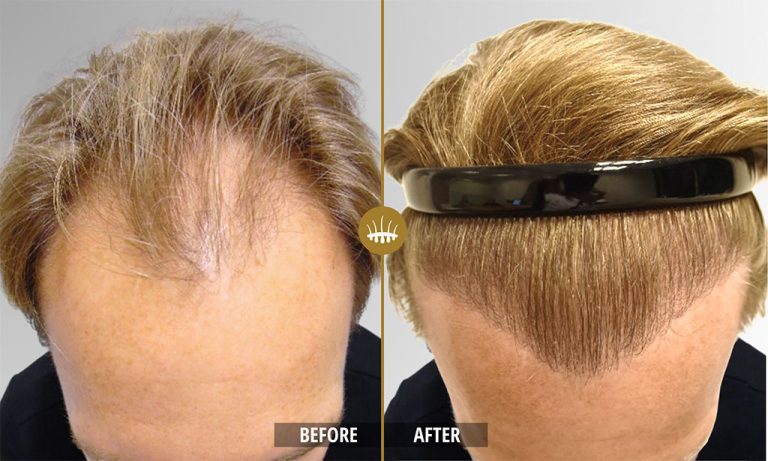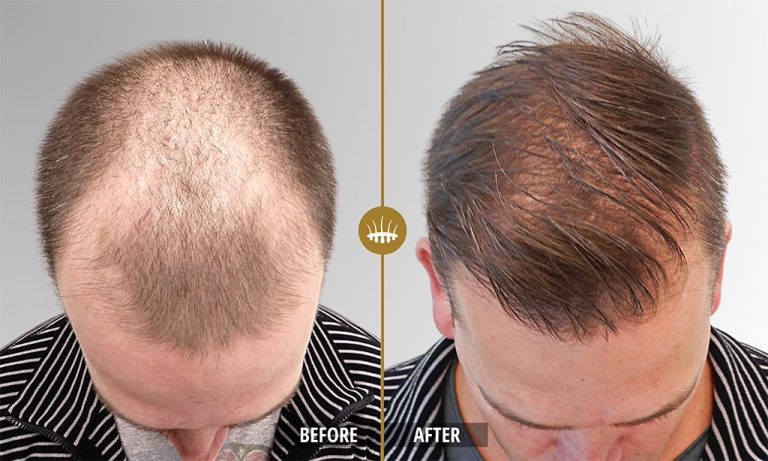Hair Loss Diagnosis
About Hair Loss Diagnosis
At Hair Science Institute, our physicians use a myriad of tools to assess hair loss. Several methods of intervention may be suggested as there are often multiple conditions contributing to a patient’s hair loss. For this reason your hair loss discovery may include blood tests, scalp biopsy, an analysis of medical history, a review of family history, and examination of hair under a microscope. At Hair Science Institute, our physicians make recommendations based on these findings. These may include:
Scalp Analysis
Getting to the root of hair loss may include the use of a special diagnostic camera that can magnify hair to determine hair density. Hair density is comprised of three components: the number of follicles, the number of terminal (normal) hairs, and the number of vellus (thin, miniaturized) hairs. A scalp camera may be used during your first in office consultation to assist our care team in best determining the state of the patient’s hair and its environment. Digital photography may also be used to capture hair loss from multiple angles. These images will be used at the very first visit and any follow up visits for comparison and progression checks.

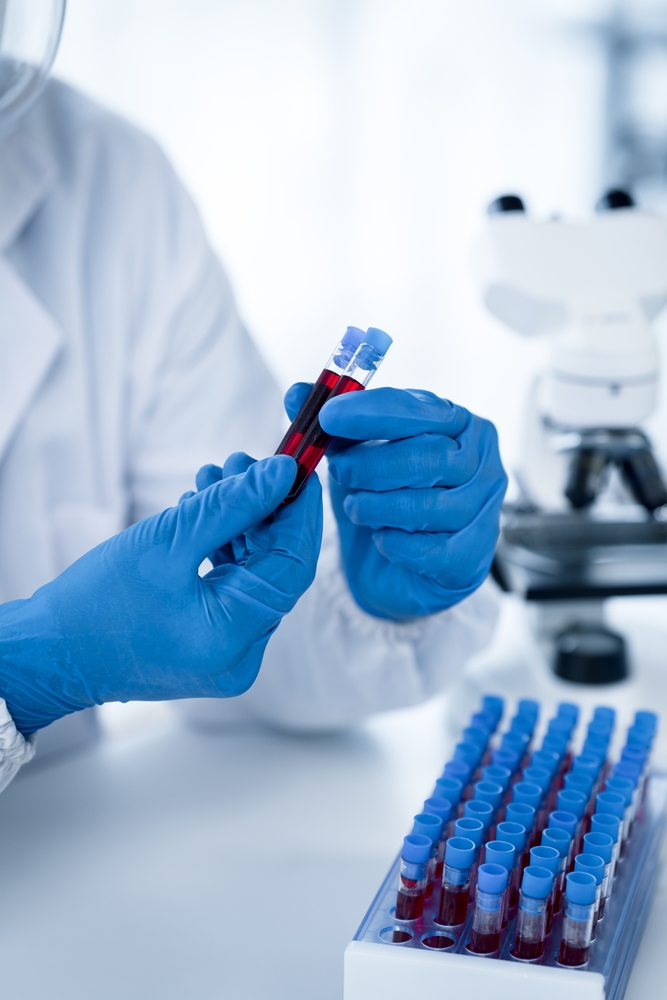
Medical History & Blood Testing
At Hair Science Institute, we believe that hair loss education is paramount to success. While the first virtual consult identifies history, the initial consultation in office may involve getting to the root of hair loss using blood tests. What your care team is looking for lies beneath what you physically see and gets to the root, looking from within at the internal causes of hair loss. Bloodwork will be taken if the care team suspects an underlying medical condition, iron deficiencies, thyroid disorders, hormonal imbalances, and other vitamin or mineral deficiencies.
A sample of levels taken may include any number tests including DHEA, free and total testosterone, androstenedione prolactin, follicular stimulating hormone, luteinizing hormone, serum iron, total iron binding capacity (TIBC), Follicular stimulating hormone, thyroid levels (TSH, T3, T4), VDRL, CBC or Hemoglobin/Hematocrit, B12, CMP-14 with eGFR, Hemoglobin Solubility, Hemocysteine, Occult Blood Fecal, Reticulocyte Count Blood Test, SHBG, ANA, or ESR. While there is no standard template for ordering blood tests for hair loss patients, our specialists may order a combination of these tests to assist in assessment. These diagnostic tests may be covered by insurance.
Hereditary Hair Loss
When exploring family history our specialists at Hair Science Institute look for a few several factors in order to establish an expectation for the patient. If the patient is aware of someone in their family they share a common experience with, such as age of thinning onset or similar pattern of progression, there are strong indicators of what the patient can expect without intervention.
When a patient has a genetic predisposition to thinning, our specialists use that information as road map alongside any additional inherited conditions. Hereditary hair loss does not sentence someone to the same fate as their ancestors. Quite the contrary. Using family history allows our hair specialists to work directly with each patient and This information coupled with patient medical history allows our experts to confidently guide each patient to a personalized hair support treatment plan to regain their hair and their confidence.

GO FOR NATURAL RESULTS
Reconstructing facial hair naturally was not possible until recently. The HST technique now offers this possibility. The transplanted grafts (hair follicles) are placed close together, ensuring high hair density and a very natural effect.
When reconstructing facial hair, it is very important that the hairs are implanted in the right shape and hair growth direction. Our doctors specialise in giving your beard, moustache or eyebrows the desired and most natural shape.
SAFE & RELIABLE
HST is a safe procedure where you experience virtually no discomfort. The treatment leaves practically no scars and the skin recovers quickly. An HST is performed under local anaesthesia. As a result, you feel nothing during the procedure. Immediately afterwards, you can leave our Hair Science Clinic on your own.
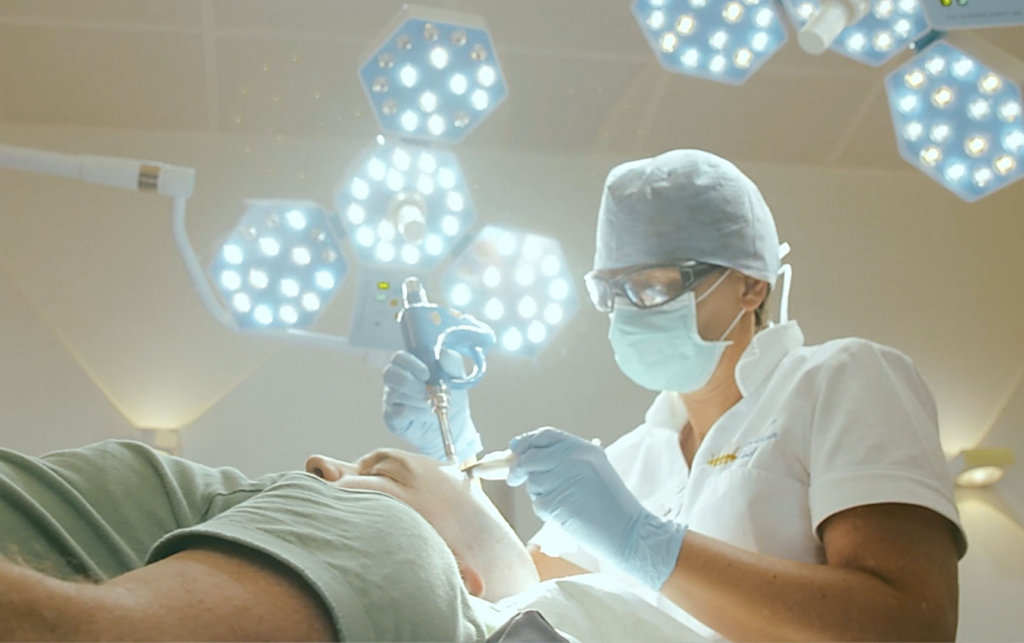
IT'S VERY SAFE
HST is a very safe procedure where you experience virtually no discomfort. Treatment leaves practically no scars and the scalp recovers quickly. The treatment is performed with local anaesthesia. As a result, you feel nothing during the procedure. Immediately afterwards, you can leave our Hair Science Clinic on your own.
The highest medical standards apply in our clinics. Every Hair Science Clinic medical professional is officially registered and certified in the HST method.
Our in-house R & D department works structurally to perfect the HST technique. For this, we cooperate with universities and academic hospitals all over the world. Thus, we continuously improve the instruments, efficiency and customer-friendliness of our HST treatment.
THE TREATMENT DAY
An HST can usually be performed in one day and usually takes 8-10 hours. Before and after the procedure, we will give you instructions that optimise the safety and final result of the treatment. The procedure is performed under local anaesthetic and is considered painless by most people. During the harvesting and reinsertion of the grafts, we make it as comfortable as possible for you.
1. Local anesthesia
The entire HST procedure is performed under local anaesthetic, so you feel nothing but are fully conscious at the same time. Taking a break during the treatment to make a phone call or stretch your legs is possible.
2. Harvesting & replacing the grafts
The morning of your treatment day is used for harvesting the grafts. In the afternoon, after a nice lunch, the grafts are placed in their new location, again under local anaesthetic. Once treatment is complete, the doctor does a full check-up. After the procedure, you can return home on your own.
3. Aftercare
After treatment, you will be given instructions and supplies for aftercare at home. The downtime after your treatment is minimal. One day, one week and one month after the treatment, we will contact you to check how you are doing. In addition, our doctors are always available during your recovery period if you have any doubts or questions.
4. Safe and reliable
HST is a very safe medical-cosmetic treatment where you experience virtually no discomfort. Because we use precision instruments, the treatment leaves no visible scars and the scalp recovers quickly.

